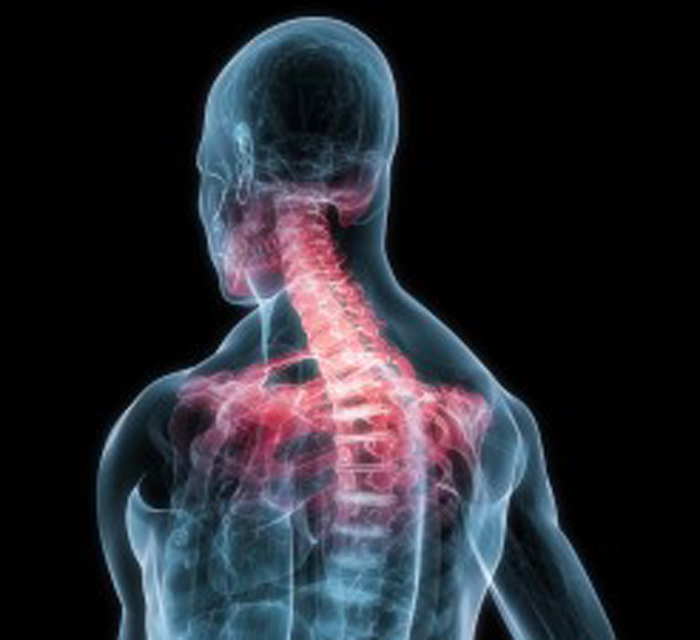New Research Project Demonstrates Relief Of Allodynia With Chiropractic Adjusting
SOURCE: J Manipulative Physiol Ther 2012 (Jan); 35 (1): 18-25
Jaqueline Trierweiler, Débora Negrini Göttert,
Günther Gehlen, PhD
Academic of Chiropractic from the University Feevale,
Laboratory of Comparative Histophysiology, ICS,
University Feevale, Novo Hamburgo, RS, Brazil.
jaquetri@gmail.com
OBJECTIVE: The purpose of this study was to evaluate the mechanical allodynia in animals after immobilization and chiropractic manipulation using the Activator instrument through the Von Frey test in an animal model that had its hind limb immobilized as a form to induce mechanical allodynia.
METHOD: Eighteen adult male Wistar rats were used and divided into 3 groups:
- control group (C) (n = 6) that was not immobilized;
- immobilized group (I) (n = 6) that had its right hind limb immobilized;
- immobilized and adjusted group (IAA) (n = 6) that had its right hind limb immobilized and received chiropractic manipulation after.
The mechanical allodynia was induced through the right hind limb immobilization. At the end of the immobilization period, the first Von Frey test was performed, and after that, 6 chiropractic manipulations on the tibial tubercle were made using the Activator instrument. After the manipulation period, Von Frey test was performed again.
RESULTS: It was observed that after the immobilization period, groups I and IAA had an exacerbation of mechanical allodynia when compared with group C (P < .001) and that after the manipulation, group IAA had a reversion of these values (P < .001), whereas group I kept a low pain threshold when compared with group C (P < .001).
CONCLUSION: This study demonstrates that immobilization during 4 weeks was sufficient to promote mechanical allodynia. Considering the chiropractic manipulation using the Activator instrument, it was observed that group IAA had decreased levels of mechanical allodynia, obtaining similar values to group C.
Discussion
The present study investigated the effects of instrumented assisted spinal manipulation therapy on mechanical allodynia produced by the immobilization of the right hind limb in a small animal model through the Von Frey test. Our group observed that the immobilization of the right hind limb, for a period of 4 weeks, might produce an exacerbation of the local mechanical allodynia and that the manipulation applied to the tibial tubercle, using the Activator instrument, might reduce the severity of local allodynia induced by the immobilization.
Knee joint immobilization is a common medical practice used to manage musculoskeletal injuries. However, this may cause degenerative alterations in articular tissues and lead to progressive histologic changes in animals, including proliferation of connective and synovial tissues, fibrous adhesions at articular surfaces, cartilage erosion, and necrosis with subchondral bone alterations. [36] In addition, immobilization also appears to result in a reduction in mechanical strength of joint structural components, thereby leading to progressive degeneration. [37, 38] Most of these studies have analyzed the effect of joint immobilization on the articular tissues; however, little attention has been given to the study of the neuroanatomical [39] and neurophysiologic changes as the result of joint immobilization, as in this study.
Read the rest of this Full Text article now!



Leave A Comment